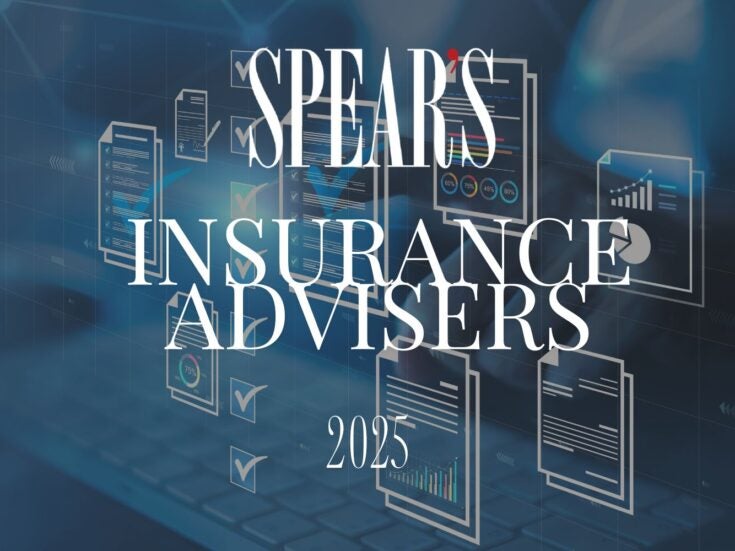
The first ever sale of an AI generated artwork raises questions of authorship, authenticity and value, Arun Kakar reports
Edmond de Belamy, from La Famille de Belamy might at first glance seem like a portrait of a European noble. Face blurred and wearing a traditional dark coat and white collar, it wouldn’t provoke alarm if spotted on the walls of the National Gallery. It is, however, created from an algorithm (sets of rules developed to be followed by computers) – signed in the corner of the work – from French art collective Obvious. It became the first work generated by artificial intelligence to go under hammer last week and sold at Christie’s for an astonishing $432,500 — almost 45 times its estimate – potentially signalling the arrival of a new kind of art on the auction stage.
Obvious, run by Hugo Caselles-Dupré, Pierre Fautrel, and Gauthier Vernier, used the technology to trawl through a data set of 15,000 portraits from between the 14th and 20th century. Deploying a General Adversarial Network [GAN] to create an image from everything it has ’learned’.
‘The Generator makes a new image based on the set, and then the Discriminator [the second part of the algorithm] tries to spot the difference between a human-made image and one created by the Generator,’ explained collective member Hugo Caselles-Dupré to Christie’s. ‘The aim is to fool the Discriminator into thinking that the new images are real-life portraits. Then we have a result.’

The sale provoked surprise and speculation across the art world’s chattering classes. How did a virtually unknown collective head straight into the secondary market and reach six figures? What does AI mean for the art world? Will we see auction houses open AI departments? Is this really art?
‘It’s important to remember that this is really not the first time that technology has disrupted the art world,’ Art Advisor Ariane Belisle tells Spear’s, noting similarities between the sale and the early impact of photography. ‘For AI, I think people are embracing it much more quickly now and are more interested in art that disrupts the canon,’ she adds.
The relationship between art and technology is well documented throughout art history. Belisle calls Edmond de Belamy and AI art more generally ‘an extension of conceptualism’, and says that the Christie’s sale involved ‘a bit of sensationalism’. The same technology used by Obvious has also been adopted by artists such as Anna Ridler, Marios Kilngemann and Robbie Barrat, who accused the collective of using his code and data-set to generate the work. Obvious responded to the claims, telling the Verge that it used a modified version of the code.
The Edmond de Belamy sale represents the arrival of the form into the secondary market. It is believed that the sale was used by Christie’s to gauge interest in the AI market, but it has in fact raised new questions about where the future is heading for the form: will the primary market fully embrace AI now that it has the Christie’s seal of approval? Is the sale a one off?
‘Could I potentially see in the next ten years, an AI department in major auction houses? It’s not outside the realm of possibility,’ says Belisle. ‘But it could also not happen at all and it could just be a part of the contemporary department. Art is becoming more conceptual and people are pushing the boundaries more and more. It could go anywhere.’
Arun Kakar writes for Spear’s
Image: Pixabay/Quince Media






